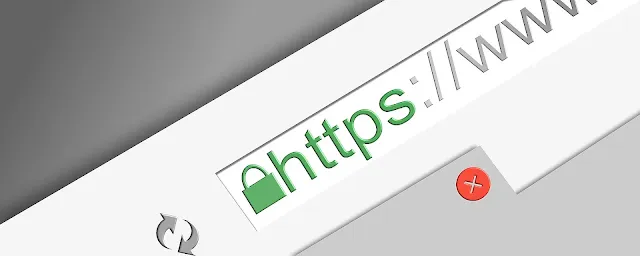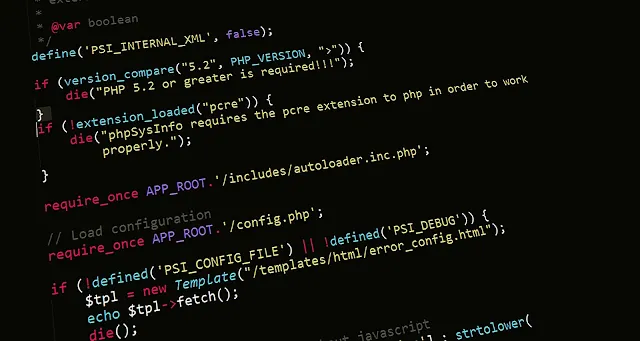 |
| Website Speed |
One of the most crucial aspects of website development is ensuring that they load quickly. It's critical to assess the functionality of your site(s) before beginning to optimize it. There are a few ways you may use to lower your server's load times, reduce the number of HTTP requests, and go the additional mile for your users. Let's have a look at them
HTTP/2
 |
| HTTPS |
HTTP/2 is the most recent version of the HTTP protocol, and it includes a number of improvements that will not only boost JavaScript performance but also help your site load faster in general. HTTP/2 employs multiplexing, which allows several requests and responses to be sent at the same time. If you haven't already switched to HTTPS, do so as soon as feasible to reap the benefits of HTTP/2's performance enhancements.
Optimize images
 |
| Optimized Images |
Reduce the size of your photographs, which is the most significant site optimization. Images can be shown in any size, but they must first be loaded before being scaled. Because images are only reduced after loading, this wastes CPU capability.
The remedy is to guarantee that your photographs are 1920x1280 pixels in size, with a file size of less than 350 kb, and that you compress them. This single action can improve the speed of your website more than everything else you do, and Google recommends using Webp form images.
Combination of CSS and PHP
 |
| CSS & PHP Combination |
To maintain a logical separation and make updates easier, web developers frequently split CSS into numerous different files. This, however, increases the number of requests to the server, slowing page loading. You can have the best of both worlds by utilizing PHP to maintain several files on your end and retrieve them all with a single request.
Getting rid of whitespace in your HTML and CSS
 |
| HTML & CSS |
When creating code, many individuals utilize a lot of whitespaces. The good news is that whitespace isn't delivered to the browser while using PHP. It does, though, in HTML. Regardless of how many tabs you utilize in your code, browsers usually only display one space. This indicates that some bandwidth is being squandered. You may, however, remove this bandwidth-sucking whitespace with some basic PHP.
HTML, CSS, and JavaScript should all be optimized.
HTML Compress can be used to compress HTML. Use YUI Compressor for JavaScript compression, and CSS Compressor for CSS compression. Use the PageSpeed Insights Chrome Extension to build an optimized version of your HTML code as a fourth alternative. Other applications that you can use are listed on the PageSpeed Insights page.
Externalize CSS and JavaScript
Because JavaScript and CSS files are cached by the browser, using external files will generally speed up page loading. If you want to use CSS in a web page, put it in the HEAD element instead. This gives the impression that the page is loading faster, and it can do so gradually. Move the scripts to the bottom of the page using JavaScript.
Remove Duplicate Scripts from a Website
This problem may appear unusual, yet it is actually extremely common. Duplicate JavaScript and CSS files slow down performance by wasting HTTP requests and JavaScript execution. It's also a good idea to look for scripts that have been duplicated in external files. Use a script management module with your templates to avoid this issue.
Use CDNs to distribute your static content.
Because the user's location influences the time it takes for a page to load, dispersing your content among servers will speed up the process. A content delivery network can help with this (CDN). It's just a collection of servers strewn across the globe. CDNs accomplish two things: they transfer cached files from closer locations to the user and they serve cookie-free content.
The CDN allows your site's visitors to access data from the server that is nearest to them. When you use a CDN, your site's files are automatically compressed for faster delivery around the world.
Page Speed Insights
You may use Page Speed Insights to test the speed of any website. This is Google's sleek tool for web developers to assist them to improve the performance of their websites. You may get your report by simply dropping a URL into the text field and clicking a button. The priority of performance suggestions is divided into four categories: high, medium, low, and experimental.
Repair any broken links.
When you try to send someone to a page on your site that no longer exists, your server responds with a 404 page. This basically means that it searches for the page, receives a not found message, and then has to obtain a custom error. Each of these server calls has the potential to slow you down.
There are several techniques to improve the performance of your web pages. Some options are simple to implement, while others take time. For example, when you're about to add a new plug-in, code, or rich media to your website to make it more engaging. The money you'll lose due to latency concerns is unlikely to be worth sacrificing site speed for the latest tool.
As a result, it's probably best to wait until a tool proves profitable. I hope that by integrating these ideas with your own best practices, you will be able to improve the richness, coolness, and speed of your website. Thank you sincerely!
Post a Comment